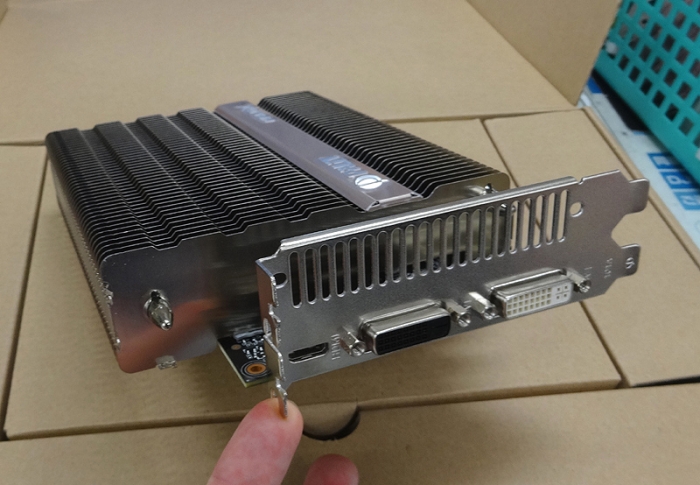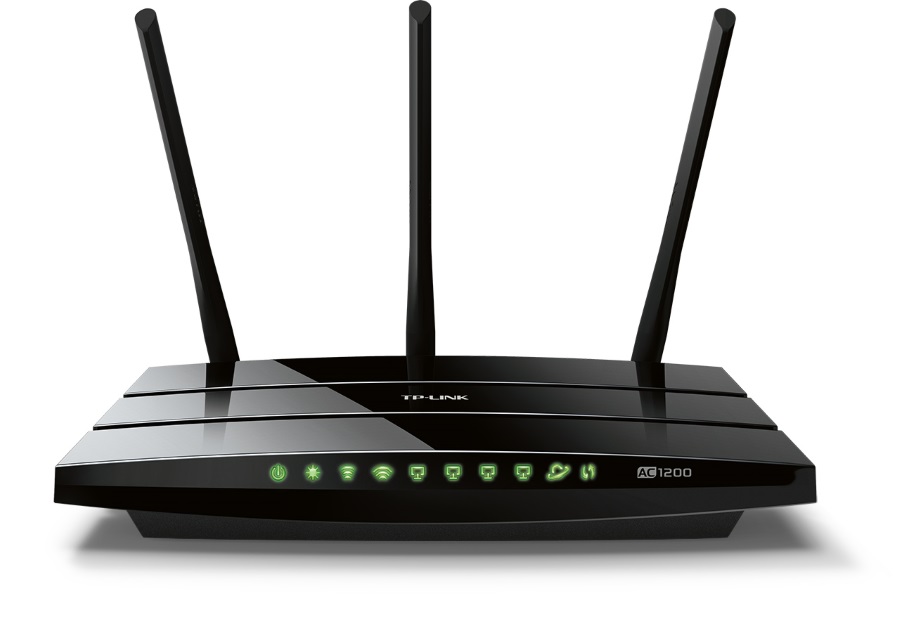Palit GTX 750 Ti KalmX - Shhh, it's oh so quiet?

Since we've spent a lot of time crystal-ballin' this issue, let's take a second to think about what our perfect graphics card would be. Ours would be a powerful, energy-efficient, cool and quiet GPU; one that isn't going to melt our sexeh small form factor chassis into a puddle of exotic slag, but is still capable of delivering the frame rates we desire. Nvidia's latest GPU, based on the updated Maxwell graphics architecture, has at least three ticks against the four wishes on that list. The fact that the GTX 750 Ti is just missing the top-notch gaming performance we're always desperate for makes the wait for bona fide high-end Maxwell-powered graphics cards even more irksome. Still, the GTX 750 Ti impressed the Hades out of us, even though it arrived at a time when everybody seemed to be making $1,000 graphics cards.
Those ultra-expensive cards were designed for some ephemeral group of ?ultraenthusiast gamers', whereas the GTX 750 Ti was an unassuming mid- to low-end card capable of competitive 1080p gaming performance with a fraction of the powerdraw or heat generation. That made Nvidia's latest GPU a prime candidate for a little living room box, or something to chuck into a ?300 beige box, turning it into a potent budget gaming rig. The fact it could run powered only by the juice from the PCIe slot itself made it a peerless bargain upgrade card. The only thing we missed in the first set of cards we checked out was a passivelycooled version. The low-power GM 107 reference GPU cooler ran to a positively chilled 54?C, making a chunky heatsink-only cooler a genuine possibility; in fact we jury-rigged an old AMD heatsink onto the reference chip and it worked perfectly. Palit then followed suit and produced an impressive, bus-powered, dual-slot version that's completely silent.
Game in silence
The GTX 750 Ti KalmX doesn't really make any compromises to get to that noiseless state, running at the same base clock as the reference card we had direct from Nvidia. That means it posts almost identical benchmark numbers, with only expected testing variance separating the results. The only slight issue is the lack of an extra fan blowing over the top of those myriad aluminium fins. This means the KalmX ends up hitting 83?C under full gaming load, so you're less likely to see that boost clockspeed over an extended gaming session. However, as we've seen from overclocked GTX 750 Ti cards, a slight difference in clockspeed means you're only really losing out on a few FPS at most. If you want a little box for your living room that doesn't force you to turn the volume all the way up to drown out the noise of its fans, Palit's KalmX is a great choice.
If you're streaming from a fat desktop rig in another room, the job's a goodun, but if you want to play some 1080p games locally then Nvidia's GM 107 is pretty darned capable in those terms too. Palit's KalmX is one of the most versatile budgetoriented graphics cards we've ever tested, and we're quite taken by it.
|
|




